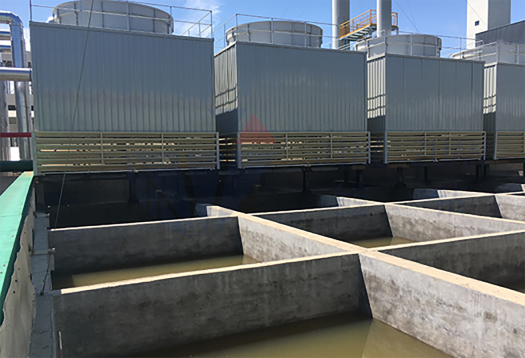
സെപ് . 21, 2024 12:42 Back to list
hydroxyethyl cellulose viscosity
Understanding the Viscosity of Hydroxyethyl Cellulose
Hydroxyethyl cellulose (HEC) is a non-ionic, water-soluble polymer derived from cellulose, known for its diverse applications across various industries, including pharmaceuticals, cosmetics, and construction
. One of the most critical properties of HEC is its viscosity, which plays a significant role in determining its effectiveness in different formulations.Viscosity refers to a fluid’s resistance to flow, influenced by temperature, concentration, and molecular weight. In the case of HEC, viscosity can vary significantly based on its degree of substitution and molecular weight. For instance, higher molecular weight HEC samples typically exhibit greater viscosity, making them suitable for applications requiring thickening or gel-forming abilities.
In the pharmaceutical industry, HEC’s viscosity is crucial for formulating stable solutions and suspensions. When used in drug formulations, it aids in controlling the release rate of active ingredients, ensuring therapeutic efficacy. The viscosity characteristics can be tailored to meet specific requirements, such as achieving desired flow properties during manufacturing or enhancing the bioavailability of certain medications.
hydroxyethyl cellulose viscosity

Similarly, in cosmetics, HEC serves as a thickening agent in creams and lotions, providing a luxurious texture and improving product stability. Different viscosity grades of HEC allow formulators to create products ranging from lightweight gels to heavy creams. This versatility makes HEC a preferred choice for cosmetic chemists aiming to achieve specific sensory profiles and performance characteristics.
Moreover, in construction, HEC is used in cement and plaster formulations, enhancing workability and extending open time. The viscosity of HEC helps to improve adhesion and prevent sagging, making it essential for high-quality construction materials.
Adjusting the viscosity of HEC is often achieved through various methods, including altering the concentration of the polymer or modifying the pH of the solution. Additionally, viscosity measurements can be conducted using different rheological tests to ensure that the desired properties are met for specific applications.
In summary, the viscosity of hydroxyethyl cellulose is a fundamental parameter that influences its performance in various applications. By understanding and controlling this property, industries can optimize HEC formulations to meet specific functional requirements, accentuating its significance in modern formulations and products.
-
Versatile Hpmc Uses in Different Industries
NewsJun.19,2025
-
Redispersible Powder's Role in Enhancing Durability of Construction Products
NewsJun.19,2025
-
Hydroxyethyl Cellulose Applications Driving Green Industrial Processes
NewsJun.19,2025
-
Exploring Different Redispersible Polymer Powder
NewsJun.19,2025
-
Choosing the Right Mortar Bonding Agent
NewsJun.19,2025
-
Applications and Significance of China Hpmc in Modern Industries
NewsJun.19,2025







